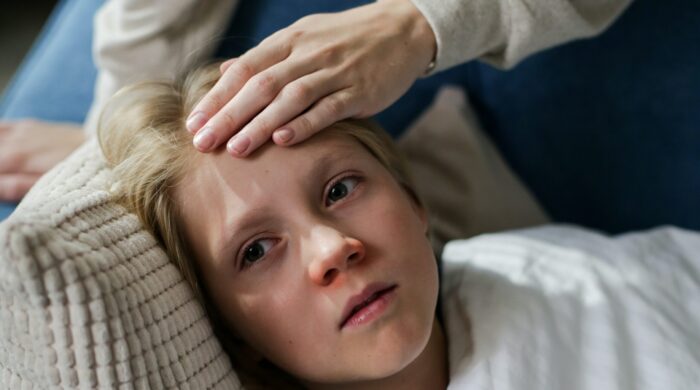When the weather gets colder and wetter in the Pacific Northwest, we’re all more susceptible to colds and the flu. What’s also more common in the winter months—because more of us stay indoors and in close quarters with one another—is pneumonia.
In this post, we’ll clarify what pneumonia is, how a person catches it, what symptoms to watch for if you think you have pneumonia, what can happen if it is left untreated and how soon you should seek help if you believe you might have it.
What is pneumonia?
Pneumonia is an infection in the lungs that is caused by either bacteria, a virus or a fungus. When the infection occurs, the air sacs in the lungs may fill with pus or fluid, restricting air flowl
Anyone from the age of infancy through adulthood can get pneumonia. The United States alone sees more than 3 million cases per year.
How is pneumonia spread?
Pneumonia is most commonly spread when a person with a viral or bacterial form of the disease coughs, sneezes, or touches surfaces, and another person is directly exposed to those germs.
A less common form is aspiration pneumonia, when liquids, food, vomit, spit, or a small object is inhaled into the lungs and causes an infection.
People at greater risk for catching pneumonia include individuals who:
- smoke
- suffer from a chronic disease
- have a weakened immune system or
- are put on a ventilator in a hospital’s intensive care unit (ICU)
To lessen chances of getting pneumonia:
- wash hands regularly
- cough or sneeze into a tissue
- avoid sharing utensils and cups with others and
- get vaccinated.
Consult with your primary care provider about which vaccine will be most effective for your individual needs.
What are the signs of pneumonia?
The signs of pneumonia can often mimic those of a regular flu. The main symptoms include:
- High fever
- Coughing that produces green or yellow mucus
- Loss of appetite
- Exhaustion
- Chills
- Sweating
- Rapid heartbeat
- Faster breathing
- Nausea
- Vomiting
- Diarrhea
- Sharp chest pains
- Lips or fingernails that turn blue
- Mental confusion (in older patients)
In general, pneumonia symptoms will be more severe than cold or flu symptoms, and symptoms will worsen in a few days’ time.
What are the dangers of pneumonia?
Pneumonia, when caught early, can be treated to minimize the duration of symptoms. However, if left untreated, can become very serious—even fatal—for some people.
Complications of pneumonia can include:
- Lung abscess. When pus forms inside the cavity of a lung, this occurs. Antibiotics are usually used to treat this condition, but in extreme cases, drainage through a needle or surgery may be necessary.
- Bloodstream bacteria. When bacteria caused by pneumonia enters the bloodstream from the lungs, it can potentially cause organ failure if the infection spreads throughout the body.
- Pleural effusion. If fluid becomes infected within the thin layers of tissue that act as a liner between the lungs and the chest cavity, surgery or a drainage through a chest tube may be necessary.
- Restricted breathing. If your pneumonia becomes severe, you may need the aid of a hospital ventilator to get enough oxygen to your lungs as they heal.
How soon should one seek medical attention for pneumonia?
When any of the above pneumonia symptoms worsen or last longer than the duration of a typical cold or flu, see your primary care provider for a proper diagnosis. Your provider may perform blood tests, take a chest X-ray, measure the oxygen in your blood with pulse oximeter, or take a fluid sample from your lungs via a sputum (mucus) test.
Additional tests such as a CT scan or pleural fluid culture draw may be encouraged for older patients or those with more severe symptoms.
Schedule an Appointment
If you’re seeing signs of pneumonia in yourself or a member of your family – such as mild chest pain, persistent cough, or fever that won’t go away – request an in person or telehealth appointment with a WWMG primary care provider today.
If you’re having extreme symptoms such as severe chest pain, high fever, rapid breathing or shortness of breath, bluish skin, persistent vomiting, or severe headaches, go to your nearest Emergency Room for immediate care.
